
- Company
- Services
- UI/UX Design Services
- Microsoft Dynamics 365
- Mobile App Development
- AI Software Development
- Web App Development
- Generative AI Development
- Digital Product Development
- Enterprise Mobility
- SaaS Application Development
- Application Integration
- White-label WP Maintenance
- ERP Software Solutions
- Software Testing
- Offshore Development Center
- Let’s Connect
- Trending
- Technology
- Industry
- Build Your Team
- Our Work
- Company
- Services
- UI/UX Design Services
- Microsoft Dynamics 365
- Mobile App Development
- AI Software Development
- Web App Development
- Generative AI Development
- Digital Product Development
- Enterprise Mobility
- SaaS Application Development
- Application Integration
- White-label WP Maintenance
- ERP Software Solutions
- Software Testing
- Offshore Development Center
- Let’s Connect
- Trending
- Technology
- Industry
- Build Your Team
- Our Work
We use cookies and similar technologies that are necessary to operate the website. Additional cookies are used to perform analysis of website usage. please read our Privacy Policy
Minimum Viable Product (MVP): Definition, Benefits, Examples, Tips
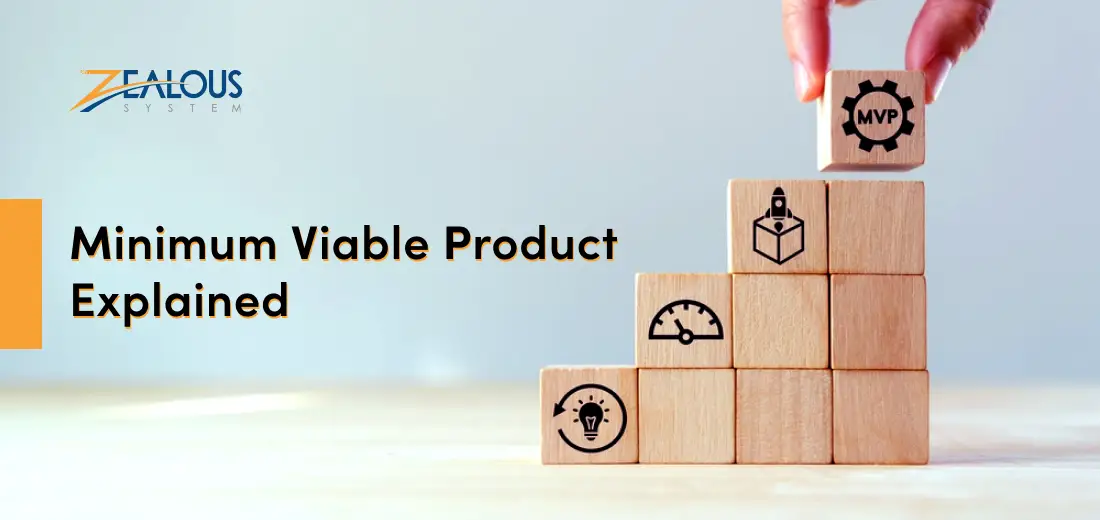
“The minimum viable product is that version of a new product that allows a team to collect the maximum amount of validated learning about customers with the least effort.”
-Eric Ries
The concept of the MVP was popularized by Eric Ries in his book The Lean Startup. Ries argued that traditional product development methods, which involve spending a lot of time and money on developing a product before it is released to market, are often wasteful and inefficient. Instead, he proposed the MVP approach, which focuses on getting a product into the hands of users as quickly as possible so that you can start learning from them and iterating on your product.
In a world where innovation races ahead at breakneck speed, the concept of the Minimum Viable Product (MVP) emerges as a guiding star for startups, entrepreneurs, and even established companies looking to venture into uncharted territory.
The MVP is more than just a method to develop digital products; it’s also a paradigm shift that encourages flexibility, adaptability, and a close relationship with your target market.
So if you are someone who is passionate about turning your groundbreaking ideas into reality, someone who wants to understand the art of efficient product development, or someone who’s simply curious about the driving force behind some of today’s tech giants, you’re in the right place.
What Is A Minimum Viable Product (MVP)?
A minimum viable product (MVP) is a simplified version of a product that includes only the essential features needed for initial functionality. By gathering feedback from early users, the MVP helps shape the product’s future development, aiming to quickly validate its market viability.
The MVP embodies three core attributes:
- Initial Value: It must deliver sufficient value to captivate early users and encourage adoption or purchase.
- Future Potential: By showcasing its prospective benefits, it entices early adopters to remain engaged.
- Feedback Mechanism: The MVP creates a cyclical feedback process that steers future refinements and enhancements.
The scope of an MVP transcends conventional product categories; it could manifest as a tangible object, a custom software, or a service. Regardless of the form, the MVP provides a conduit for genuine user testing and constructive feedback, propelling the iterative development of the product idea.
What is the purpose of a minimum viable product?
The goal of an MVP is to learn as quickly as possible whether or not there is a market for your product.
Here are some of the purposes of an MVP:
- Validate Your Idea Economically: Put your product hypothesis to the test without exhausting resources prematurely.
- Swift User Engagement: Prioritize early exposure to users to accelerate the feedback loop.
- Optimize Knowledge Acquisition: Extract the maximum insights and understanding from every user interaction.
- Prevent Unwanted Product Builds: Steer clear of investing in products that don’t align with user preferences and needs.
Why is an MVP important?
There are many reasons why an MVP is important. Here are a few of the most important reasons:
- To reduce risk and uncertainty: An MVP allows you to test your product idea with real customers before you invest a lot of time and money into development. This can help you reduce the risk of failure.
- To get feedback from early users: The feedback you get from early users can be invaluable in helping you improve your product. This feedback can help you identify what features are most important to your users, and what features are not.
- To validate your assumptions: Before you invest a lot of time and money into developing your product, it is important to validate your assumptions. An MVP can help you do this by testing your assumptions about your target market, your product’s value proposition, and your go-to-market strategy.
- To build a community of early adopters: An MVP can help you build a community of early adopters who are excited about your product and who are willing to provide feedback. This community can be a valuable resource for you as you continue to develop your product.
Mistakes To Avoid While Building An MVP
When building a Minimum Viable Product (MVP), it’s crucial to focus on delivering essential features and functionality to validate your product idea while avoiding unnecessary complexity. Here are some common mistakes to avoid during the MVP development process:
Building a complete product
Making a complete product right away is a common error made by startups. Unexpectedly, CB Insights’ research revealed that 42% of startups fail as a result of developing the incorrect product. When they attempt to create the entire product from scratch, this frequently occurs. An improved strategy is to launch the product as a minimum viable product (MVP), which only has the most crucial features that users actually require. Then, as needed, you can gradually add more features.
Over-engineering your MVP
Another common mistake is over-engineering your MVP. This means building features that are not essential to the product or that are not necessary at this stage in the development process. Over-engineering can lead to delays and increased costs.
Deploying products that customers don’t want
Avoiding the creation of something that users don’t actually want is the main objective of an MVP. Your chances of success rise when you test your product concept, seek user feedback, and make necessary adjustments. After releasing your MVP, it’s critical to continue improving it based on user feedback. This entails making adjustments to improve the final product. Making your product successful requires ongoing improvement.
Neglecting User Feedback
Overlooking user feedback is a common mistake. Gaining insights from users is crucial for enhancing your MVP. Nonetheless, numerous startups make a mistake by waiting to collect user feedback until after they’ve rolled out their product. This oversight can prove expensive, as making alterations to a product already in the market can be challenging.
Real-World Examples Of Successful Minimum Viable Products
Amazon
In 1994, Amazon commenced its journey as an online bookstore. Its MVP was a basic website enabling users to explore and buy books. Amazon swiftly broadened its horizons to include a diverse array of products, evolving into one of the globe’s foremost e-commerce giants.
Dropbox
In 2007, Dropbox took its initial steps as a file-sharing service. Its Minimum Vable Product took the form of a straightforward web application, granting users the ability to save files in the cloud. Rapidly capturing attention, Dropbox has now amassed a user base exceeding 700 million individuals.
Spotify
Spotify began as a music streaming service in 2006. They began with a simple web application that supported by advertisements allowed users to listen to music for free. This strategy quickly gained acceptance, and today, Spotify boasts a sizable user base of more than 300 million people.
Uber
In 2009, Uber began as a ride-hailing service. As their point of departure, their MVP was a simple mobile app that allowed users to request rides from drivers. This concept quickly gained popularity as a practical taxi substitute, and Uber now operates in over 60 countries worldwide.
The MVP of Twitter began as a simple SMS-based messaging platform known as “twttr.” It allowed users to send and receive short messages via text. Originally intended for internal use at Odeo, its success among employees prompted its expansion into a publicly accessible platform, laying the foundation for the Twitter a.k.a X ,we know today.
How to Build a Minimum Viable Product?
Creating a Minimum Viable Product (MVP) follows a structured process, aiming to develop a basic version of a software solution to quickly validate its potential. Here are the step-by-step guide to build an minimum viable product:
Identify the Problem
According to a study by CB Insights, 42% of startups fail because they didn’t solve a real problem. For a successful Minimum Viable Product Development, begin by understanding the problem you want to solve. Clearly define the issue and check if solving it is feasible before diving into development. This helps save resources and ensures there’s a real need for your solution.
Research the Market
Analyze the market landscape. Study your competitors, pinpoint your target audience, and estimate the market’s size. This step is crucial to ensure people are interested in your product and willing to invest in it.
Create a Prototype
Develop a prototype, an early visualization of your solution. This helps validate design, user experience, and functionality. Feedback from the prototype guides improvements that will be implemented in the actual MVP. Learn from Steve Jobs’ mistake with Apple Lisa, where skipping prototyping led to failure.
List Essential Features
Engage potential customers for feedback. Based on their input, create a list of vital features to include in your MVP. This list becomes a product roadmap for the development process.
Build the MVP
Develop the MVP, which is a basic version of your product capable of performing essential actions. Roughly, the MVP development cost can range from $15,000 to $150,000 or more, depending on various factors. Understanding each entailing factor in detail can help you arrive at a cost estimate required for your MVP project. This serves to test the product-market fit and gather significant insights.
Iterate Regularly
Once you have the MVP, continually iterate based on user feedback. Collect responses, make changes, and test them. This ongoing process helps you create a product that people truly need and love.
Continuous Research
Remember, research doesn’t stop once MVP development begins. Keep learning about your target market and industry trends in parallel with the development process.
It takes time, effort, and iteration to create a successful MVP. However, by taking these steps, you can improve your chances of success.
Turn Your Idea Into A Successful MVP With Zealous
If you’re looking to create a successful Minimum Viable Product (MVP) for your innovative product idea, Zealous System has your back. We specialize in turning concepts into tangible digital product solutions with a proven track record. Our experienced team understands the balance between essential features and user experience, ensuring that your MVP captures the core of your idea.
By leveraging state-of-the-art technologies and efficient development processes, we prioritize user satisfaction. With Zealous System, your MVP not only reflects your idea but also serves as a strong foundation for future growth. We’re here to make your MVP journey not just a phase but a strategic move towards your product’s success.
In conclusion
Developing a Minimum Viable Product (MVP) involves careful planning, user engagement, and continuous improvement. Following these steps helps create an MVP that validates your idea and resonates with users. Remember, starting small, learning fast, and adapting are crucial.
Remember, your MVP is just the beginning, not the final goal. It lays the groundwork for a market-ready product. So, embrace the process, and watch your innovative vision gradually become a reality.
We are here
Our team is always eager to know what you are looking for. Drop them a Hi!
Pranjal Mehta
Pranjal Mehta is the Managing Director of Zealous System, a leading software solutions provider. Having 10+ years of experience and clientele across the globe, he is always curious to stay ahead in the market by inculcating latest technologies and trends in Zealous.
Table of Contents
×

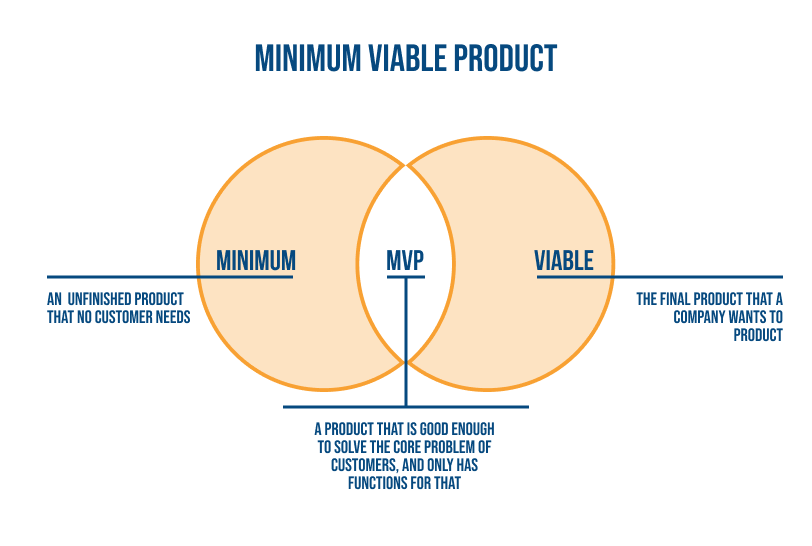
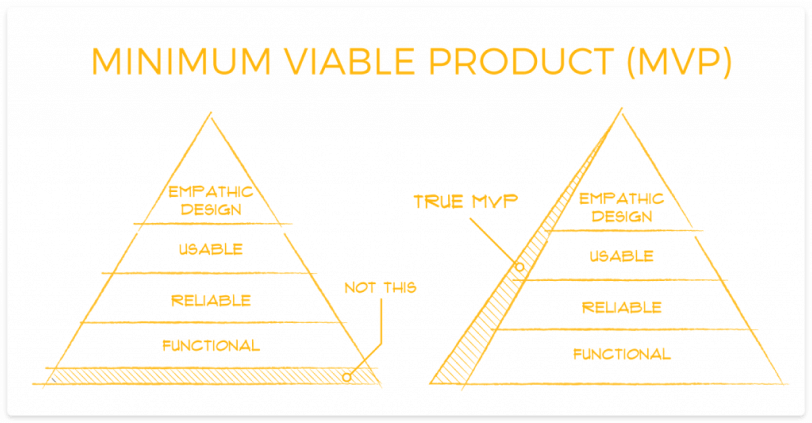
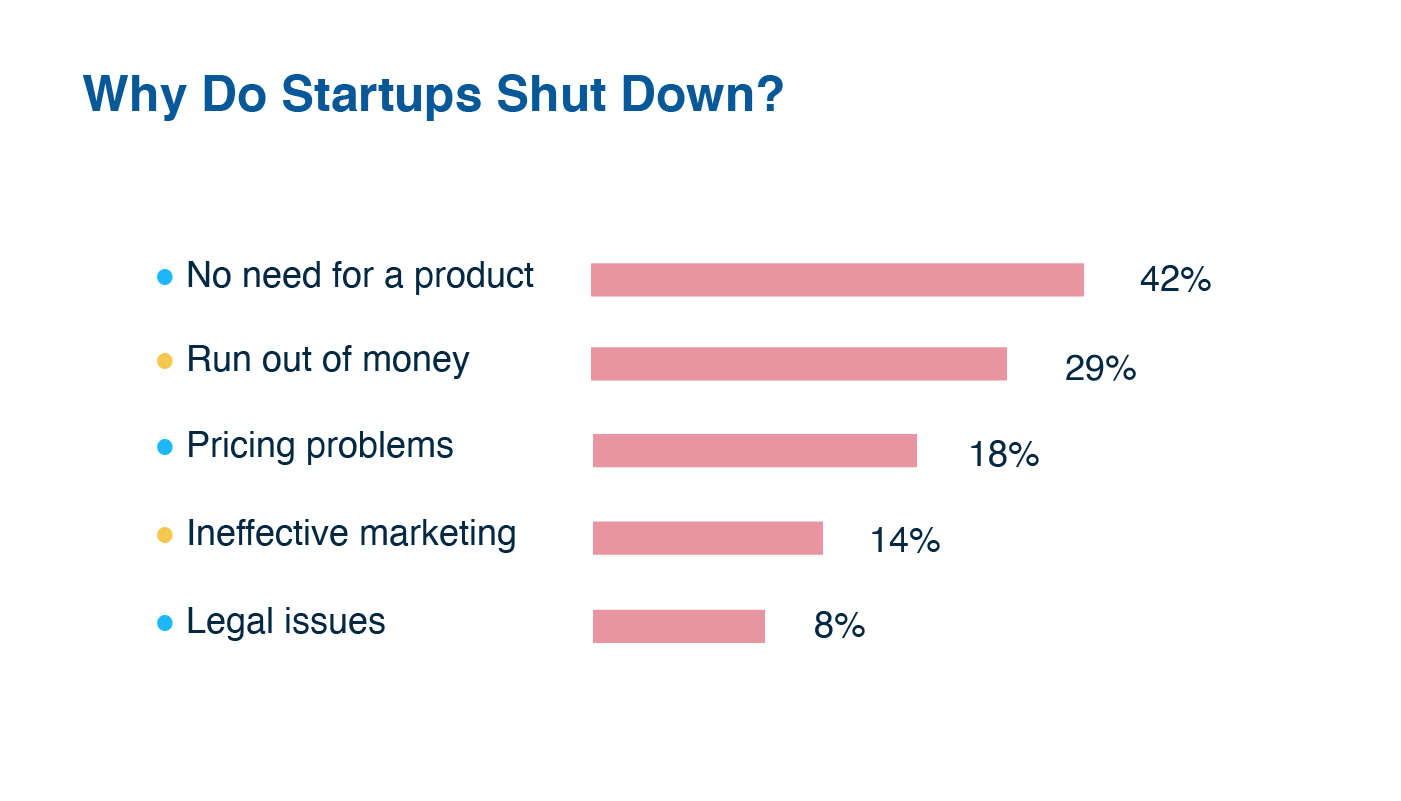
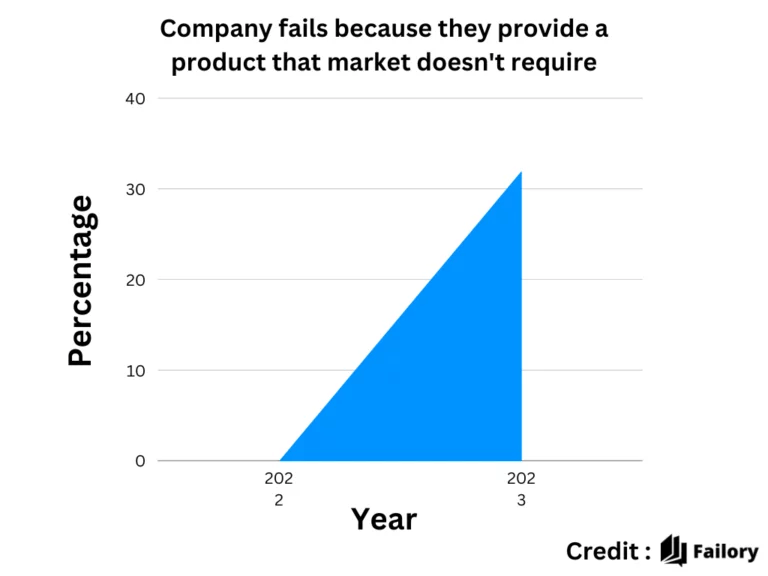





Comments